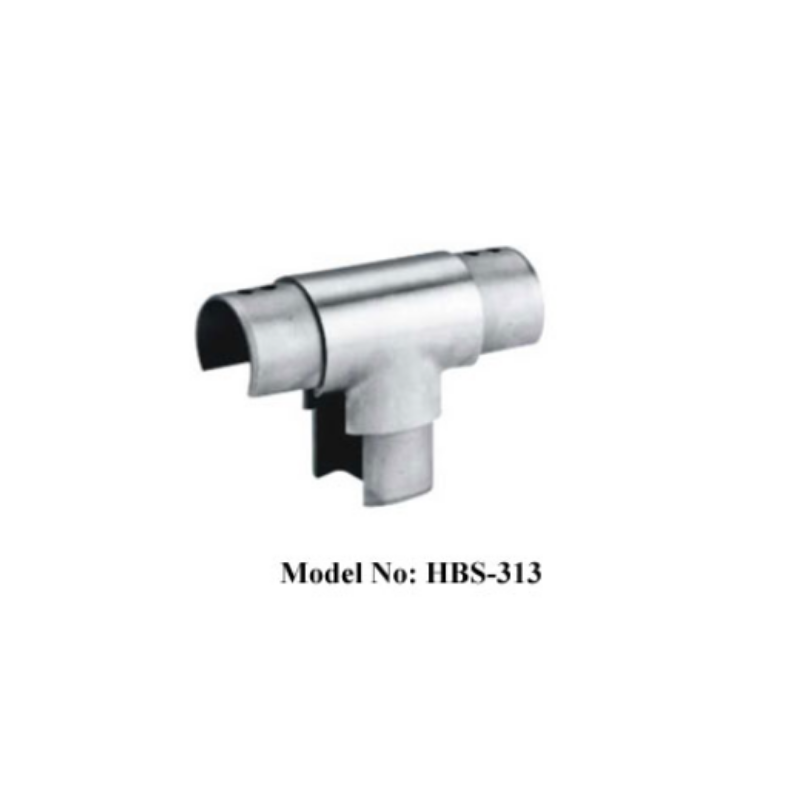In the era of the Internet, competition in the wooden door industry has shifted from product quality to brand positioning. Currently, only 20% of marketing budgets for wooden door companies are allocated to online platforms, while traditional media—such as newspapers, magazines, and television—still dominate at 80%. The author finds this distribution unbalanced. With its vast potential and high profitability, the Internet should be a major channel for brand building. However, many wooden door companies struggle to manage their online presence effectively. The Internet has made information more transparent and changed how consumers interact with brands. Some companies rely on social media to understand consumer sentiment, but they often find the noise overwhelming and the negative feedback difficult to handle. In essence, the Internet is challenging traditional brand strategies and requires new thinking and innovation to keep up.
The rise of the Internet has fundamentally transformed how consumers engage with brands and make purchasing decisions, making many traditional marketing models outdated. Previously, marketers relied on the "funnel model," where ads through traditional media created brand awareness, leading consumers through a funnel until they selected a brand. This model worked under the assumption that consumers trusted traditional media and had limited access to other information sources. But today, consumers have fragmented attention, multiple touchpoints, and less trust in paid advertising. They increasingly rely on social media, reviews, and peer recommendations. For high-involvement products like cars, real estate, or insurance, the Internet plays a crucial role in shaping decisions. Traditional media can no longer meet these evolving expectations, which is why the Internet has become a powerful tool for marketing, offering fast, interactive, and data-driven solutions.
Online brand marketing offers more opportunities than ever before. Jinling suggests that the future lies in blending public relations with advertising, turning content into marketing, and making ads subtle yet effective. Consumers may not even realize they're being advertised to, but they’re still receiving valuable information. Companies can use storytelling, short films, documentaries, product showcases, and interactive experiences to build brand identity. Social media platforms like Weibo provide an excellent space for engagement, allowing brands to connect directly with their audience.
In this new digital age, the focus is on the consumer experience. To stay relevant, wooden door companies must restructure their marketing value chain. Building a strong social marketing strategy and integrating online platforms into customer interactions is essential. Companies need to create user-friendly websites that go beyond simple product displays and instead foster relationships. Integrating corporate SNS, Weibo, e-commerce, and community forums can significantly enhance the consumer experience.
Some wooden door companies promote their brands through internal momentum, while others use events as a form of publicity. A well-organized event itself can generate news, but it also requires strong products, brand influence, and media appeal. Ultimately, success in the digital era depends on combining creativity, technology, and consumer-centric approaches.
Handrails And Balustradings Tube Connectors & Elbows
Leader Hardware offer full range of Stainless Steel Handrails And Balustradings Hardware.
This catogory is for Tube Connectors and Tube Elbows made in Stainless Steel 304 or 316, mirror or satin finish.
Suitable for varies of tube size.
Please consult our team for full range of our products. OEM service is available.




Handrails and Balustradings Hardware,Stainless Steel Tube Connectors,Stainless Steel Tube Elbow
Leader Hardware Manufacturer Limited , https://www.leaderhardwarecn.com
